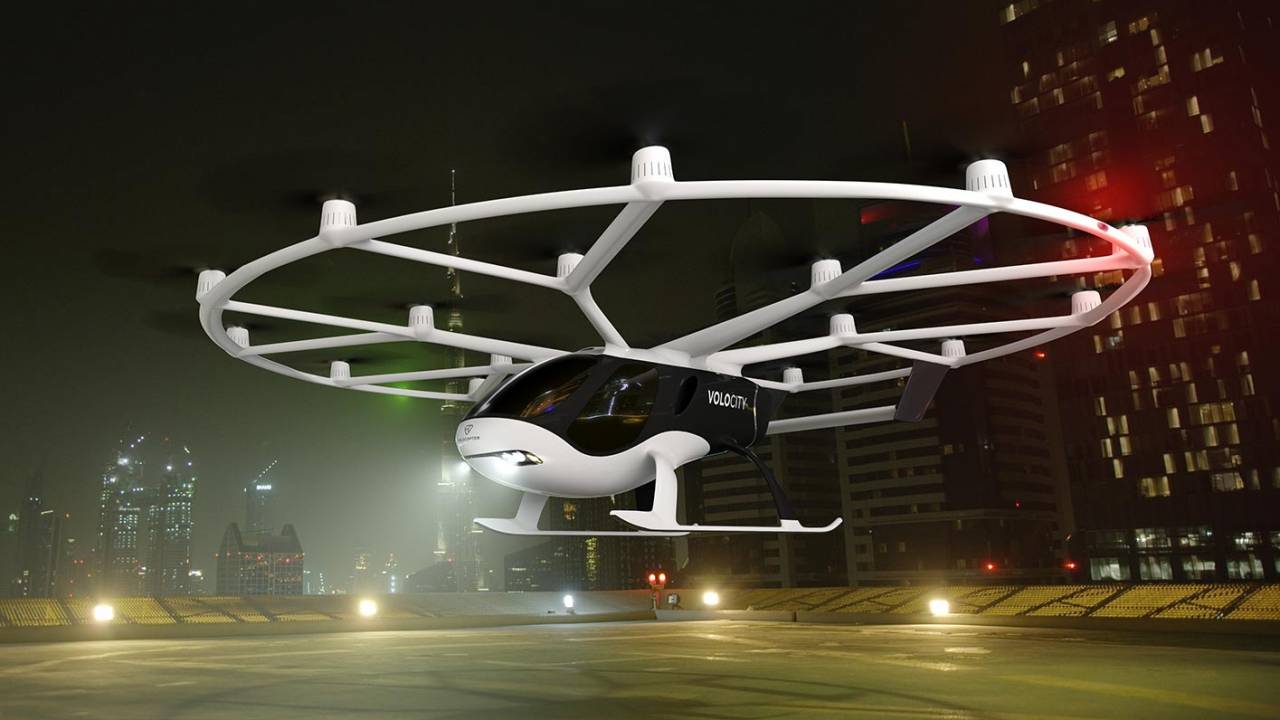How Air Taxis Will Work

A pilot project to prove how air taxis would operate in major cities worldwide will launch this week, with an ambitious plan to demonstrate how efficient they can be. The project is being led by the London-based consultancy Transport for London (TfL), the city’s transport authority. The idea is to create an actual air traffic network using electric-powered autonomous vehicles (AVs). The project, called ‘Autonomous City’, will allow users to easily hail a taxi at any of the city’s eight public airports.
An air taxi in action during a recent test run on the outskirts of Coventry. A demonstration video showed how it worked and what the future could hold. It was fascinating to watch how the vehicle smoothly glided from one point to another while maintaining a constant speed. According to the testers, the technology could let private operators or even city residents rent or buy flying cars. The futuristic scenario may seem like science fiction today, but experts say this concept may not be that far off. “They are making progress,” says Chris Downie, director of the European Future Institute in Brussels.
New Airport Transport Services
London is one of several cities worldwide experimenting with new airport taxi transport services, such as electric, autonomous taxis, and electric vertical take-off. If successful, these new taxi services could become a reality within five to ten years. “VRS on public roads will enable individuals to hail a taxi at the airport and then request a flight on a VRS in central London. The idea is that passengers will be waiting for a taxi at the airport, which would then take them to their desired destination in central London,” says Downie. With a fully integrated system, London’s transport network will be much more accessible to residents of the future, and they may even decide to commute permanently in self-driving electric flying cars!
Many have Asked the Question:
How will future taxi drivers communicate with each other? This is an excellent question and one that only answer if VRS systems are ever fully implemented. “VRS on public roads will enable individuals to hail a taxi at the airport and then request a flight on a VRS in central London. The idea is that passengers will be waiting for a taxi at the airport, taking them to their desired destination in central London. However, one thing that needs to happen before autonomous vehicles hit the streets is for regulatory bodies to invest in evasive driver training for all of the millions of new drivers that will now be able to legally drive in the UK without the need for a human instructor.”
Will there be charging facilities at the airport?
There will be an airport charging station in place in the future. The idea is that you don’t need to use your credit card at the airport. All you do is make a reservation, and the relevant air carrier automatically charges you a small fee. This is similar to what happens now with hotel room reservations, where at the end of your stay the hotel room company charges you a percentage of your bill to cover the cost of maintaining the rooms.
How about cycling on the airport site?
Well, the developers working on the project claim “cycles of up to three minutes will be possible, and in fact, some areas could see up to five minutes of cycling possible. It also appears that it may be possible for cyclists to travel to work or shop under certain assumptions. That’s exciting stuff!” No exact details have yet been released, but if things go according to plan, it looks like an up-and-coming project and one that the British-based Start-Upcraft company is already talking about having at London’s Heathrow Airport.
How will Air Taxis work in cities around the UK?
How about in the English city of Coventry? Well, it looks like the developers at Start-Upcraft have got their act together. Not only is the proposed airport station not very far away from the current airport, it also makes sense that you could cycle through the city even if you don’t want to!
Developing Zero-Emission Vehicles is a part of the EU’s Compact for Creating Renewable Energy, responsible for creating the funds needed to find and then successfully implementing a nationwide, long-term solution to creating zero-emission vehicles (also known as ZAVs). If the UK government program aimed at helping fund the first fully functional international airport in the world can succeed in doing so, it means we may soon be seeing new air routes open up across the country. One could only imagine the amount of benefit that will come to communities like Coventry as a result. However, it’s an exciting prospect and one that the Coventry City Center is already looking towards. It’s one thing to dream but quite another to make that dream a reality.